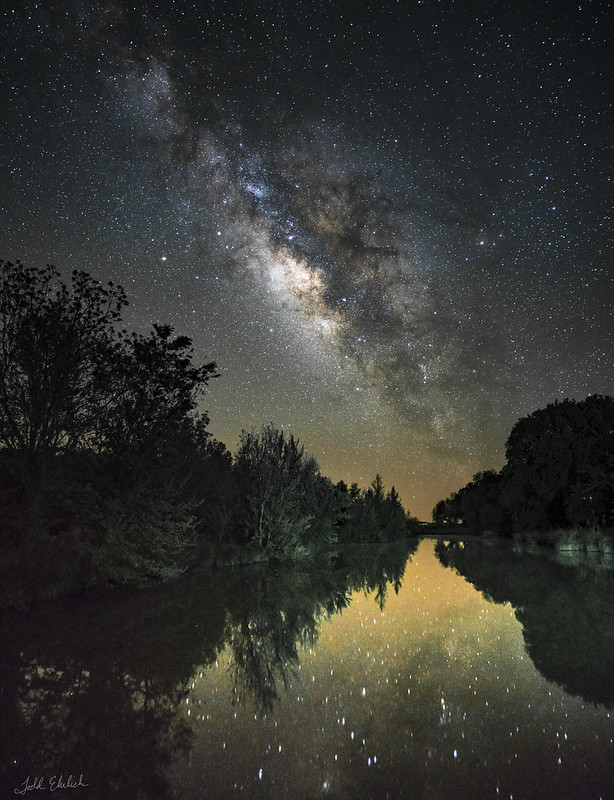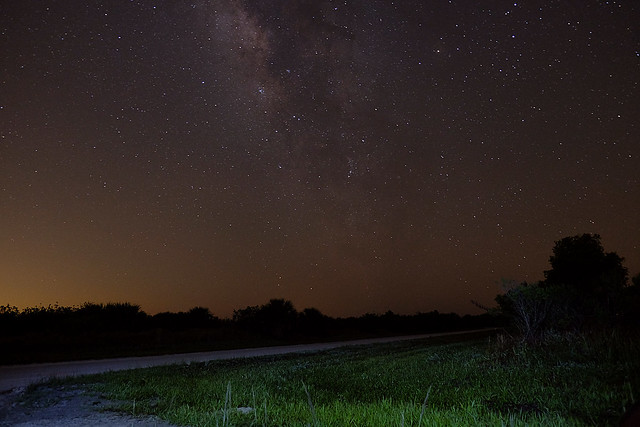Little Blue
SpyderLovers Ambassador
Picture
All very good pictures indeed. :thumbup:
All very good pictures indeed. :thumbup:
That is indeed an awesome photo, well done!
I'm new on here, so I don't know if you've shared this previously. But what camera/lens are you using? What sort of settings are you using for this kind of photo?
 South Llano MW Reflected by Todd Ehrlich, on Flickr
South Llano MW Reflected by Todd Ehrlich, on Flickr Spyder Milky Way by Todd Ehrlich, on Flickr
Spyder Milky Way by Todd Ehrlich, on FlickrThanks for the very detailed write up, I appreciate it. I just picked up my Spyder Friday and now, in PA, we are back to rain and snow... grrr
I have a Canon T7i and I haven't even checked to see if my tripod fits in the frunk. I want to take my camera out on rides as well and always curious to what others use and settings they shoot with. I also use Lightroom and Photoshop and always shoot in RAW.
Again, great shot and look forward to more pics.
First of all... you do NOT need a super expensive setup for a shot like this. The hardest thing is to KNOW WHEN you can get this shot. You'll soon learn to watch moon phases and HATE a full moon. It blows out the sky with light.
I use an app called "Photo Pills." It is a ridiculous amount of information like timing for sun/moon position at any time and at any location. AND.... get this.... you can see THROUGH your phone in virtual reality on the Milky Way position at different times. Therefore you can get a perfectly timed position for the Milky Way core, which is in the above pictures.
You need a fairly high resolution camera, but resolution is not what really is important. I have one camera that is ONLY a 12mp camera but it is very effective in seeing stars. Sony A7Sii. I used it to take the "meth girl" picture above. The Spyder Milky Way picture was taken with a Sony A7Rii camera with 42mp resolution. These are expensive cameras.. But... the prices are drastically falling because Sony is coming out with newer models. Just do a search on Craigslist. You'll find many.
Wide angle FAST lens. Meaning: a lens that sees a lot of area. My lens is a Zeiss 2.8/18 lens. "18" means how wide the angle is. This is very wide. Any wider, and it would start to look like "fish eye." The "2.8" is the Fstop. This is how WIDE the aperture will open. It is an inverse number. The smaller the number, the larger it can open. This is good because it allows more light (stars) into it. But... the focus depth is very tight. You can get blurry stars very quickly if not focused exactly!
Tripod. No way you could hold a camera and take star pictures clearly. I use a tripod called a "Three Legged Thing." No kidding! Just like a Spyder! I have the Winston model x 2, and another smaller one that fits in the trunk of the Spyder.
Remote control of the camera, or delayed trigger. You can't touch the camera and take the picture at the same time. The slightest movement will make everything blurry.
Wide open F stop. Mine is 2.8.
Long exposure. Every camera is different. My Sony's are VERY good at low light. I only need 10-15 seconds. Other cameras need up to 30 seconds. You can't take it longer than 30 seconds though! The rotation of the earth actually makes the stars start to "trail" and you lose the pinpoint lights.
High ISO. This is how sensitive you set the sensor. If you remember film-based cameras, you would buy your film by "speed" 200, 400, 800, etc. A digital camera has the same thing. My two cameras have different sensitivities. My A7Sii can literally see in the dark, so it needs a lower ISO setting... like 800-1600. My A7Rii needs 1600-3200 ISO.
You must take the picture in RAW format, not JPEG. You can turn colors up and down a lot easier.
You must use a program to process the image. I use Adobe Lightroom. Many pro photographers use this.
South Llano MW Reflected by Todd Ehrlich, on Flickr
Set out at 4am this morning to get some Milky Way shots, and my Spyder wanted a "selfie!"
No photoshop.. Couldn't believe that I got the vertical Milky Way, Jupiter, reflecting water, and a shooting star in one shot!
This was taken about 5am, and 15 miles south of Junction, Texas on the South Llano River. IT WAS 37 DEGREES! The 'cold' isn't supposed to be down here now!
After this, I slept for a couple of hours and then hit the Twisted Sisters and some other routes.
Spyders are awesome!
Spyder Milky Way Jupiter by Todd Ehrlich, on Flickr

Thanks! I got eaten alive that night and the nights I went out stalking meteors. Even in Florida's 'winter' the mosquitos never lie still.Great timing and composition!!
It is addicting!!!
